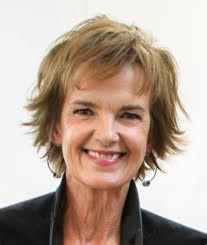The 'greatest battle for 300 years': England's great estates face up to a green future
The climate crisis will affect us all. All over Britain, major landowners are stepping up to tackle a warming world and biodiversity loss.
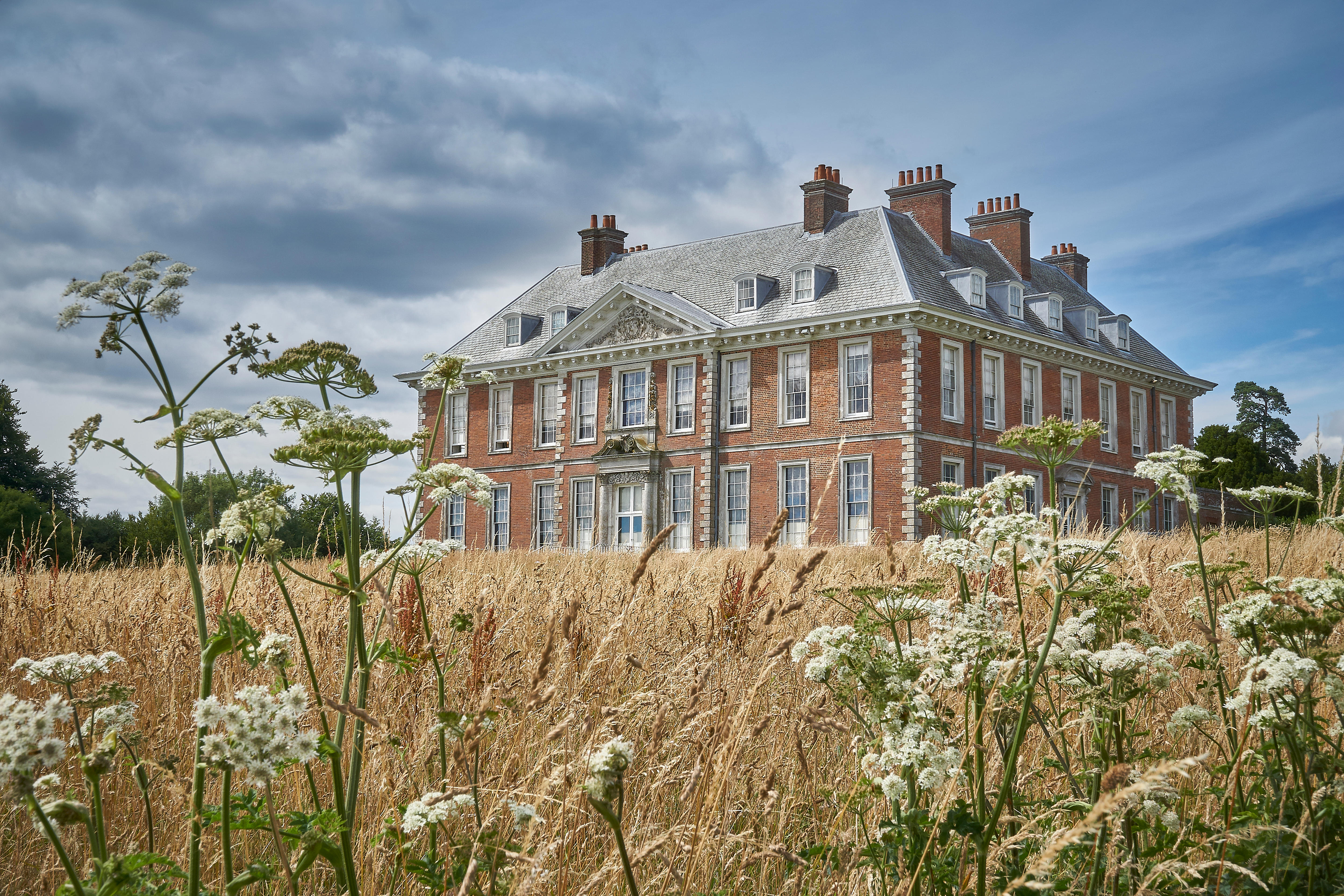

Englands’s great landed estates have more room, more opportunity and arguably more responsibility than many other custodians of the countryside to tackle climate change.
The challenges are huge: ‘Blenheim’s greatest battle for 300 years,’ admits palace chief executive Dominic Hare in Oxfordshire. At North Yorkshire’s Castle Howard, environment chief Guy Thallon wryly observes that changing the intensive-farming practices of past decades is ‘like getting a super tanker to turn around’. Goodwood in West Sussex is faced with offsetting carbon emissions from a motor-racing circuit and two golf courses. As well as greening the estate, Blenheim has a big card up its sleeve: it owns most of the 2,500 acres earmarked for the controversial Botley West solar park, which, asserts Dominic, could deliver enough clean energy to power every home in Oxfordshire.
Goodwood’s sustainability director Stephanie Keay acknowledges the carbon load of motor-racing, but lists the hits: sustainable fuel for members’ and veterans’ races with a carbon saving of 70%; biodiesel for generators reducing emissions by 98.8%. The Future Lab at the Festival of Speed, held last weekend, is also a crucible of ideas for a sustainable future, in areas from shipping to agriculture.
Revenue from events, Stephanie adds, funds investment in renewable-energy sources, such as solar and biomass and green initiatives. ‘We are in the top 100 greenest golf courses in Europe,’ she says, ‘and they are a work in progress.’
'Really, we are simply re-learning what farmers did for thousands of years before chemical farming came along'
On an estate of 11,000 acres, she notes, there is huge scope to enhance natural capital: ‘44% is woodland and this year we are doing a lot of work on what our carbon sequestration looks like.’ Goodwood’s farm manager Harry Holt points out: ‘We use crop and pasture rotations, grazing and organic manures, mixing cereals, legumes and forage to build soil health. Really, we are simply re-learning what farmers did for thousands of years before chemical farming came along.’
At Castle Howard, the estate is also looking at reducing the carbon inputs of intensive farming as well as taking some of the park out of arable for conservation grazing (‘No job too big’) and extending woodland. However, the flagship scheme of the estate’s response to climate change is an ambitious restoration project on a piece of unprepossessing farmland. Abandoned by tenants after years of trying to coax a living from its sulky 440 acres, Bog Hall is to become a species-rich, biodiverse carbon store hydrologically engineered by beavers.
‘It was alive with skylarks and marsh harriers’
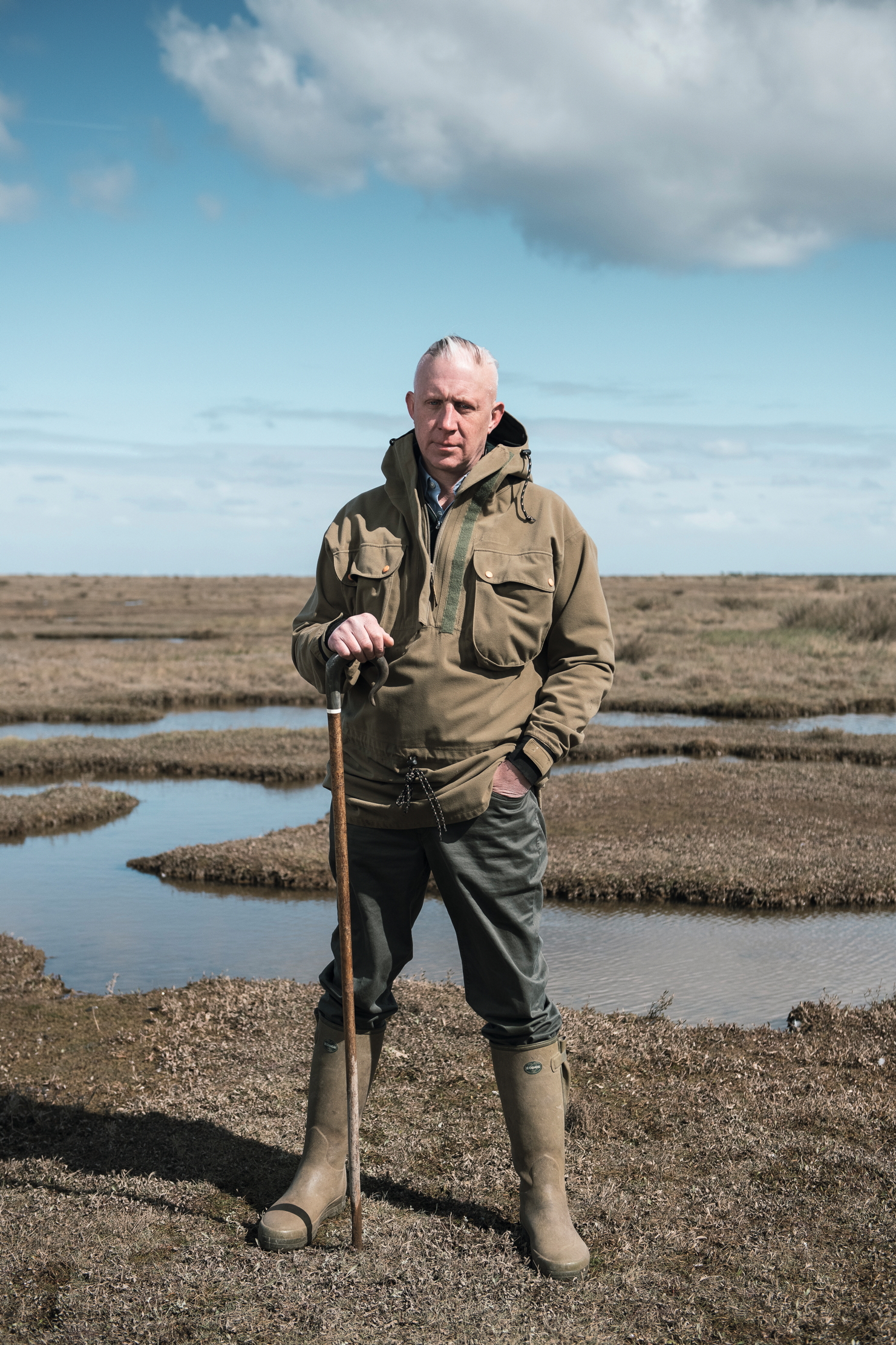
Jake Fiennes, conservation manager at the Holkham estate and the director of the Holkham National Nature Reserve.
When a ‘bleak and barren’ plot of tenanted farmland was handed back to the Holkham estate in Norfolk, it was seized on eagerly by conservation manager Jake Fiennes. Over seven years, Great Farm became a testbed for wildlife-friendly farming: hedgerows were left to grow and field edges widened; trials of direct drilling and herbal leys, cover crops and grazing sheep were integrated into a crop-rotation system. ‘The field edges today are alive with wildflower species that have been dormant for decades,’ enthuses Jake, ‘They had been removed close to extinction to produce food.’
Some regenerative practices have been rolled out across estate farms, partly through Government incentive, but also, he says, because there is an expectation that a Holkham farmer should farm in a way that is Nature positive. ‘I visited one of our tenant farms yesterday evening and it was alive with skylarks and marsh harriers.'
'On the estate there are meadows awash with orchids. Butterflies that were scarce are now abundant and birds that had declined for years are returning in numbers.’ Jake's mission is to prove that efficient food production can work with wildlife conservation. ‘The rest of the world is looking at how England is transitioning,’ he asserts. ‘We are the global testbed for how to feed a growing population well and sustainably.’
Guy drives me to Bog Hall past the dilapidated farm buildings — they will house a visitor centre with accommodation — and through fields thick with docks, thistles and ragwort. ‘This one is called Crappy Field,’ he notes with a smile. ‘We will drill meadow-seed mixes into fields and trial different things, aiming for a mosaic of grassland, wetland, woodland and scrub, with light, free-roaming livestock.’ The aim is to have the work financed via the Environment Bank by corporates keen to invest in the environment. ‘The commercial model is based on how much we can uplift the site,’ explains Guy.
'The industry recognises there is a need to change'
We come across a cheerful band of volunteers hammering posts into a deep ditch to create leaky dams and a series of pools as an initial habitat for the beavers; the whole acreage will be fenced to keep them in. As we leave the last field, we are met by a sight to take the breath away: a scarlet sea of poppies as far as the eye can see. They have colonised a bi-crop of wheat and clover grown on contract for Wildfarmed, which sells regeneratively farmed flour at a premium, stipulating no herbicides, pesticides or fungicides and limited nitrogen based on plant demand.
‘We will see how the costs compare, what works and what can be taken into our wider crop rotation across the rest of our arable land,’ explains Guy. ‘The industry recognises there is a need to change.’
Jane Wheatley is a former staff editor and writer at The Times. She contributes to Country Life and The Sydney Morning Herald among other publications.
-
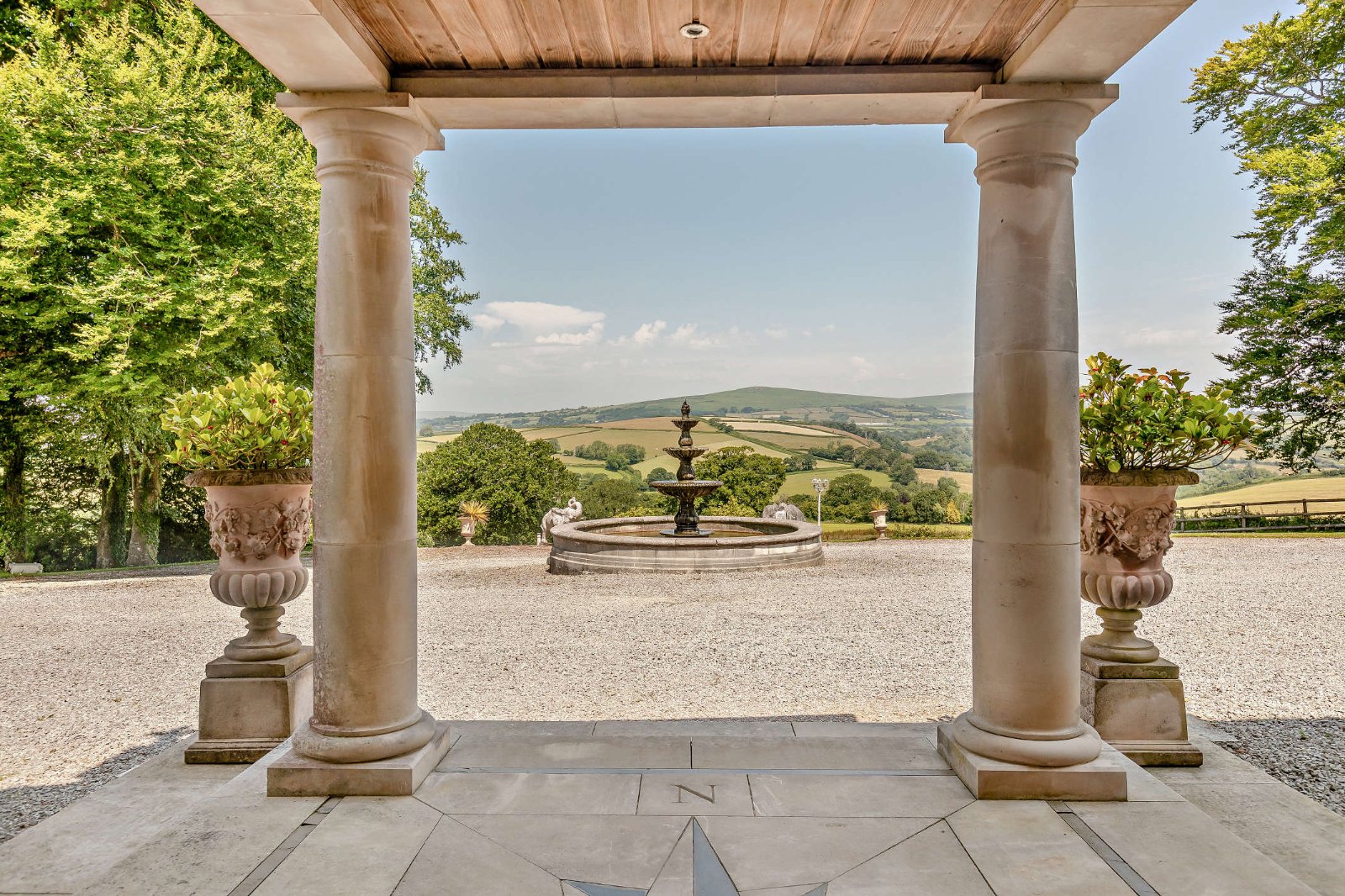 18 country houses across Britain, from £400,000 to £4 million, as seen in Country Life
18 country houses across Britain, from £400,000 to £4 million, as seen in Country LifeOur look at the homes to come to the market via Country Life this week picks out a charming Kent cottage and an Arts and Crafts house in Leicestershire.
-
 The greatest flowers make the greatest art
The greatest flowers make the greatest artA search for still-life subjects led Kate Friend to some of the greatest gardens and gardeners in the country
-
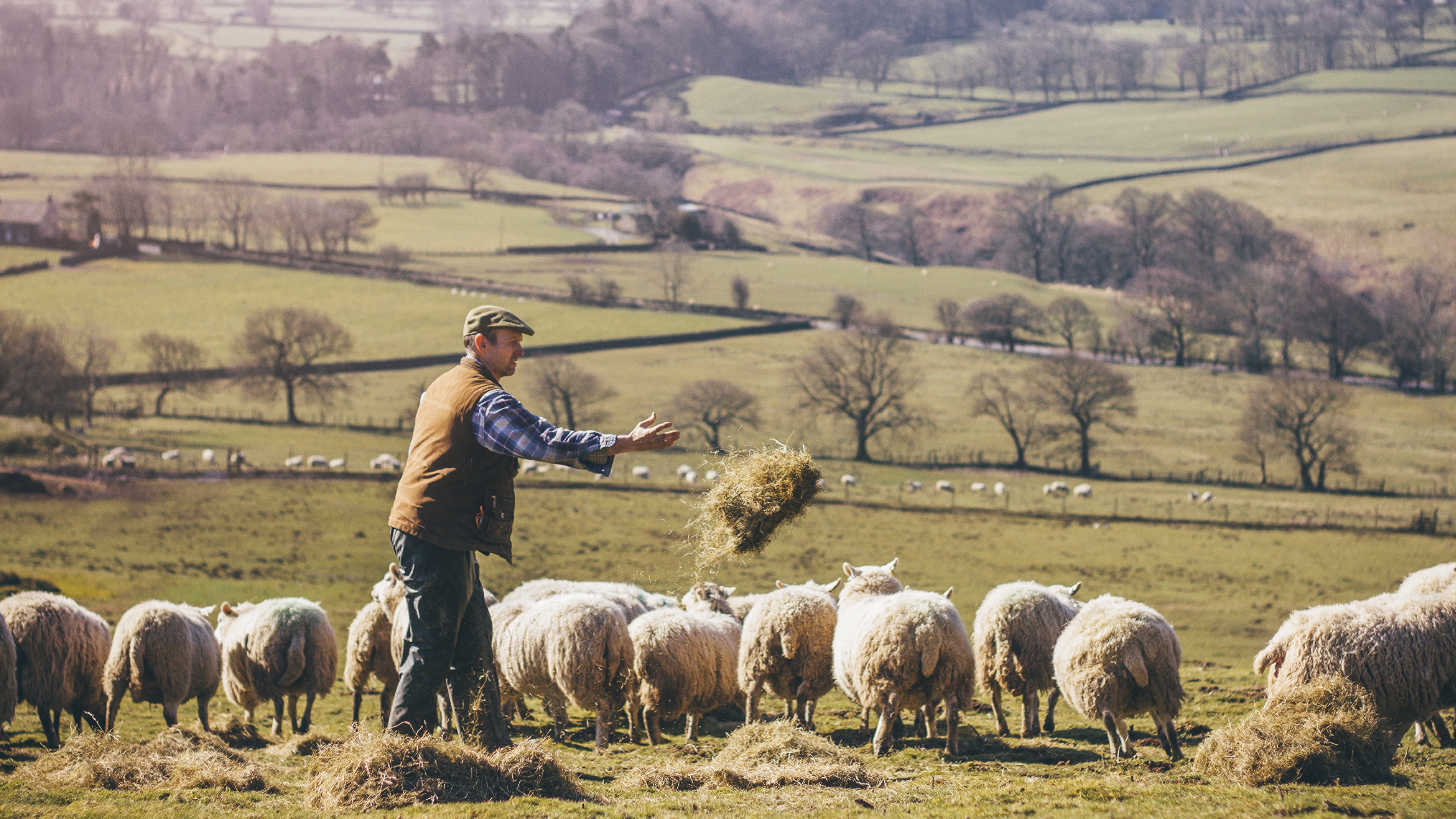 I was Jeremy Hunt’s main political adviser and helped put together multiple Autumn Statements and Budgets. This is what I think Rachel Reeves’s Budget means for the countryside
I was Jeremy Hunt’s main political adviser and helped put together multiple Autumn Statements and Budgets. This is what I think Rachel Reeves’s Budget means for the countrysideAdam Smith, former chief of staff to the Chancellor of the Exchequer, reflects on what last week's Budget means for the countryside and how we ensure the rural voice is heard loudly inside Budget preparations.
-
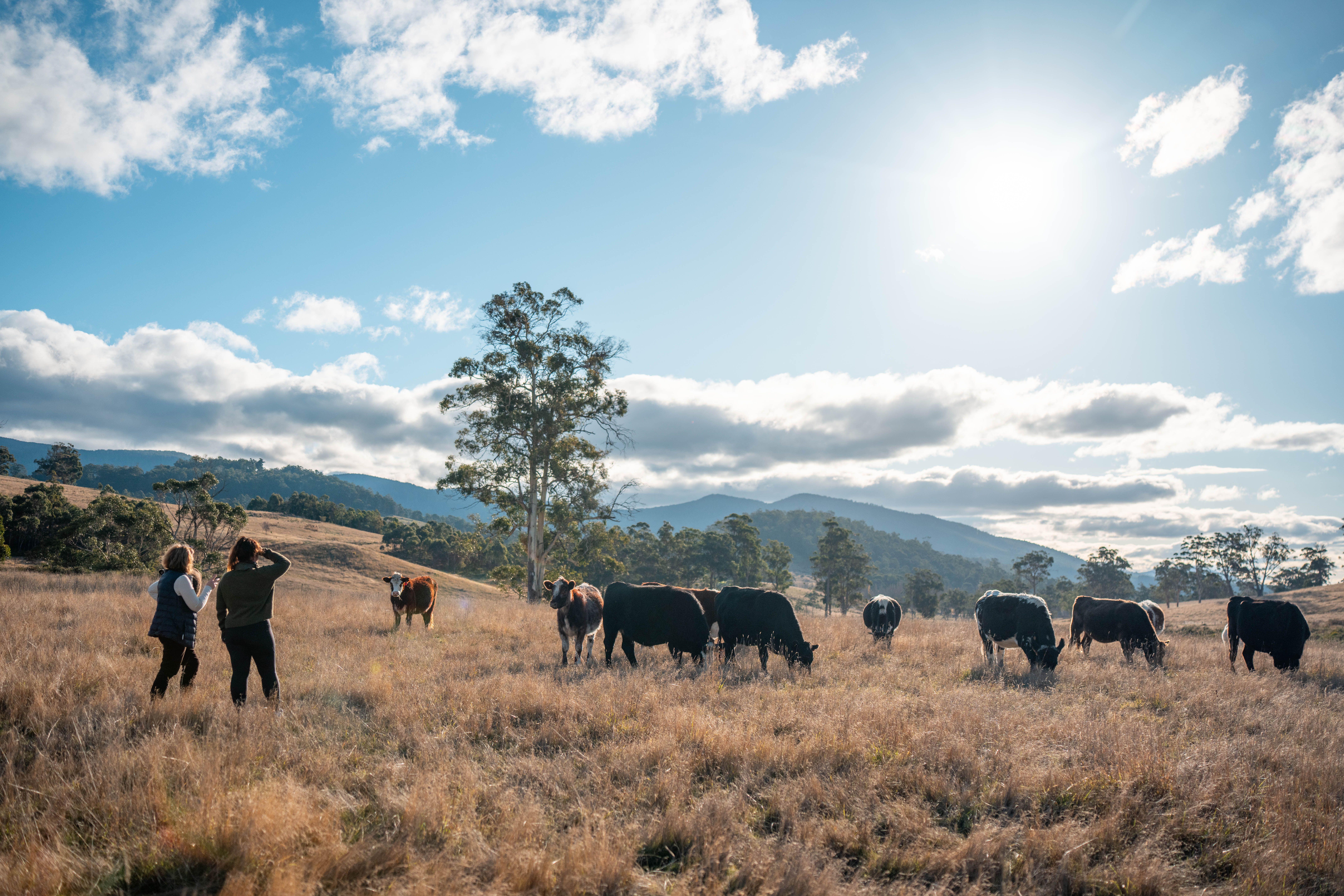 The Budget: What do we need to fix a broken countryside, and what will we get?
The Budget: What do we need to fix a broken countryside, and what will we get?With the Autumn Budget looming, countryside and heritage organisations reveal what they are hoping to hear to fix the turmoil — and what they are dreading
-
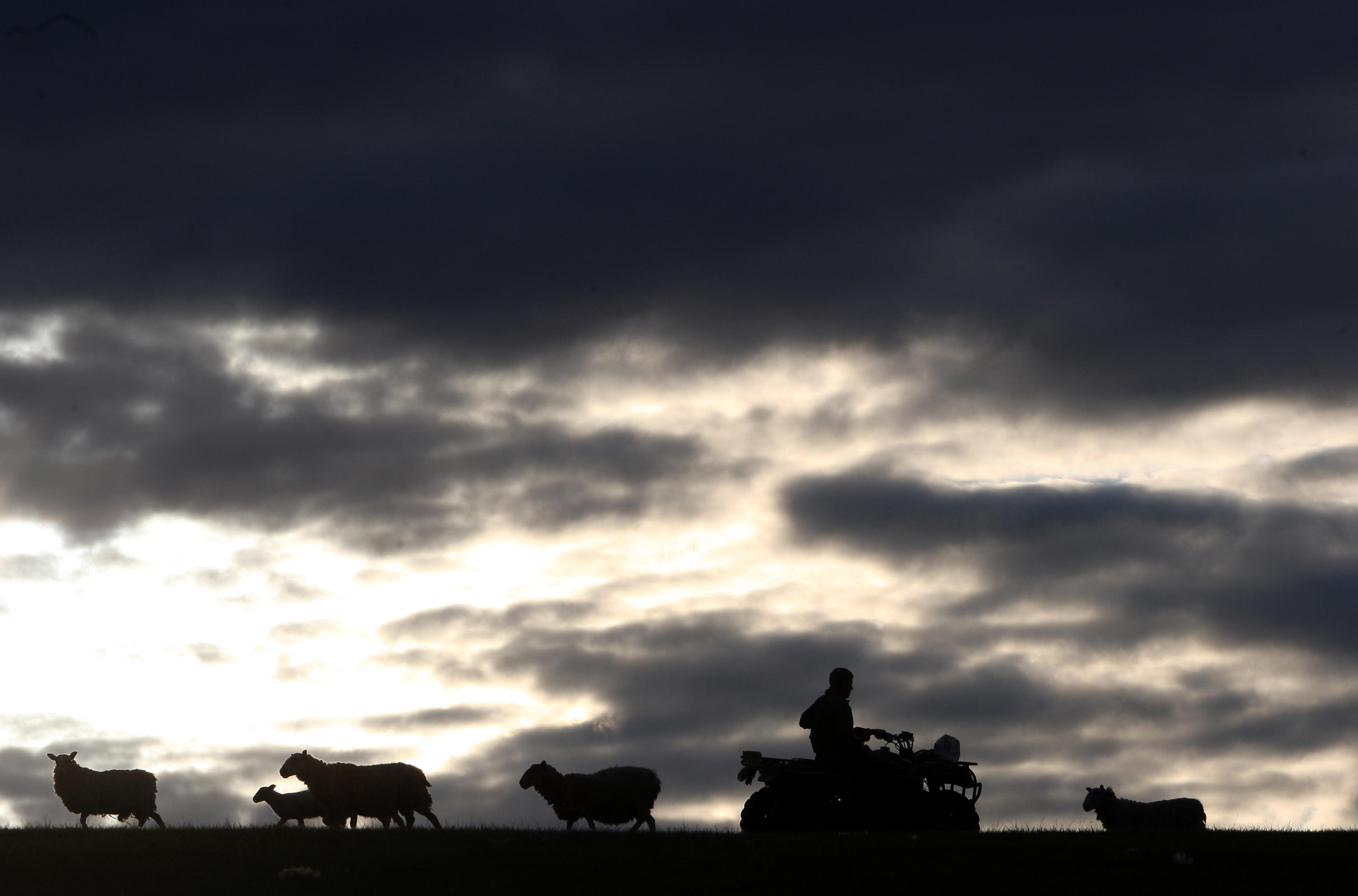 'I’m going to be the first in more than 100 years to sell anything off': How the upcoming budget uncertainty is impacting young farmers
'I’m going to be the first in more than 100 years to sell anything off': How the upcoming budget uncertainty is impacting young farmersChanges to inheritance tax, property relief and Defra budgets will likely change Britian's rural landscape. We ask the next generation of farmers what they think their future will look like.
-
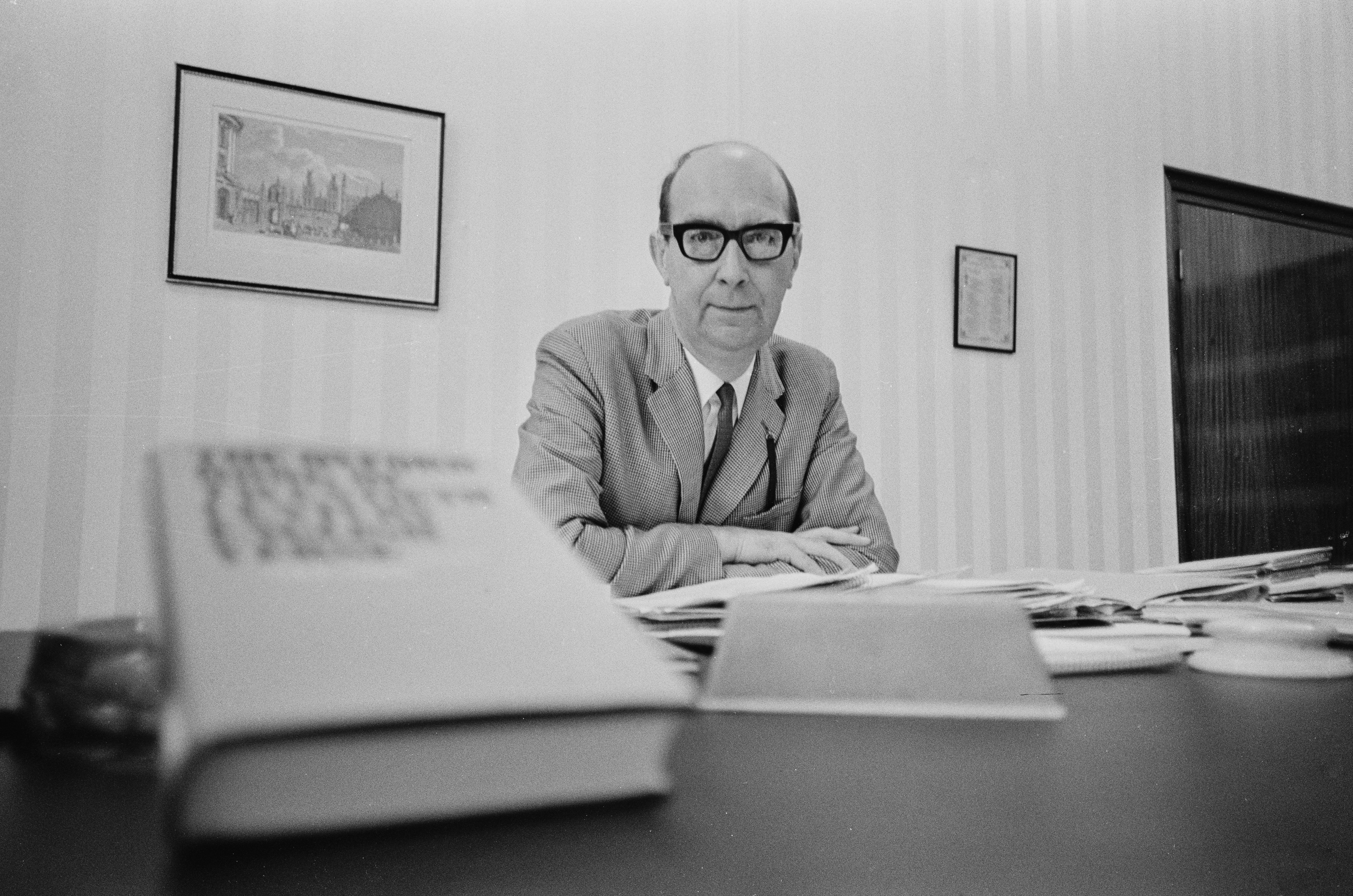 An unfenced existence: Philip Larkin's love of the countryside
An unfenced existence: Philip Larkin's love of the countrysideRichard Barnett pokes at Larkin’s protective carapace of soot-stained gloom and finds a writer with an unillusioned yet tenderly perceptive sense of Nature, in all its beauty and indifference
-
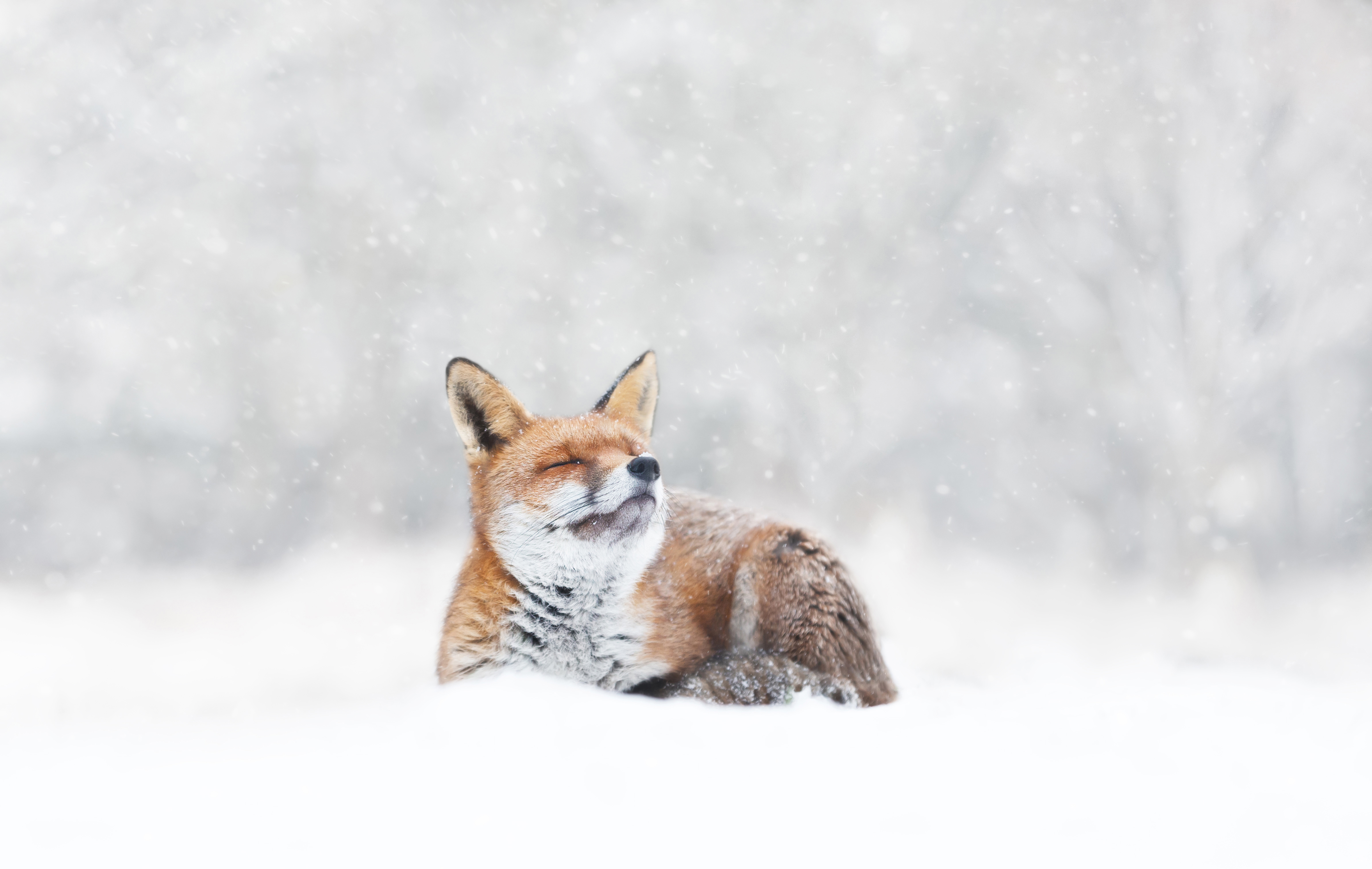 Baby, it’s cold outside (even if you have a natural fur coat): How our animals brave the winter chill
Baby, it’s cold outside (even if you have a natural fur coat): How our animals brave the winter chillWhen the temperature drops, how do Britain’s birds, beasts and plants keep the cold at bay? John Lewis-Stempel reveals Nature’s own thermals.
-
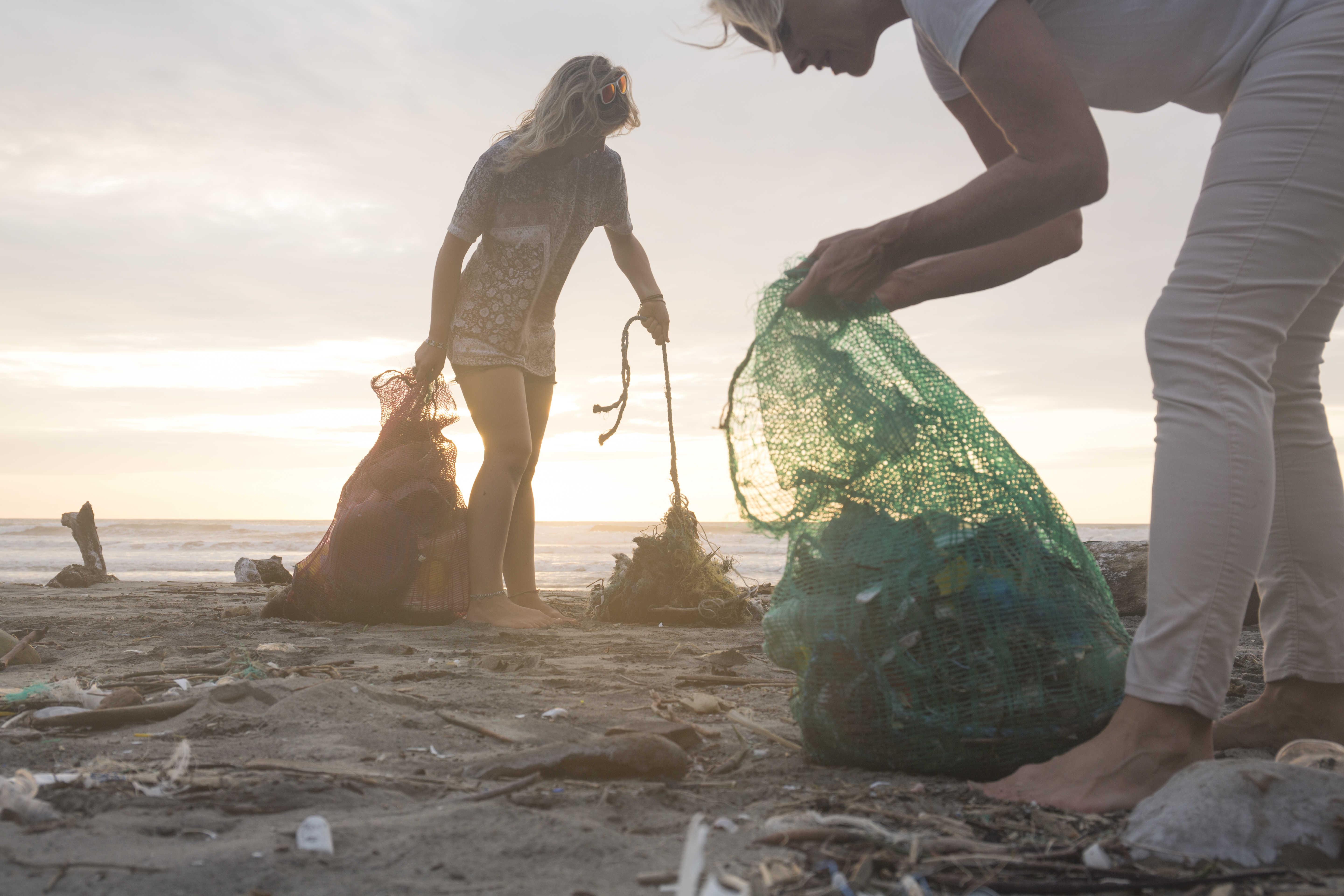 Retro rubbish: Waste from the 90s unearthed in 97-mile-long beach clean
Retro rubbish: Waste from the 90s unearthed in 97-mile-long beach cleanThe 6,482 volunteers unearthed waste discarded decades ago among the 232,229 pieces of litter recorded during the initiative.
-
 Dangerous beasts (and where to find them): Britain's animals that are best left alone
Dangerous beasts (and where to find them): Britain's animals that are best left aloneJohn Lewis-Stempel provides a miscellany of our otherwise benign land’s more fearsome critters.
-
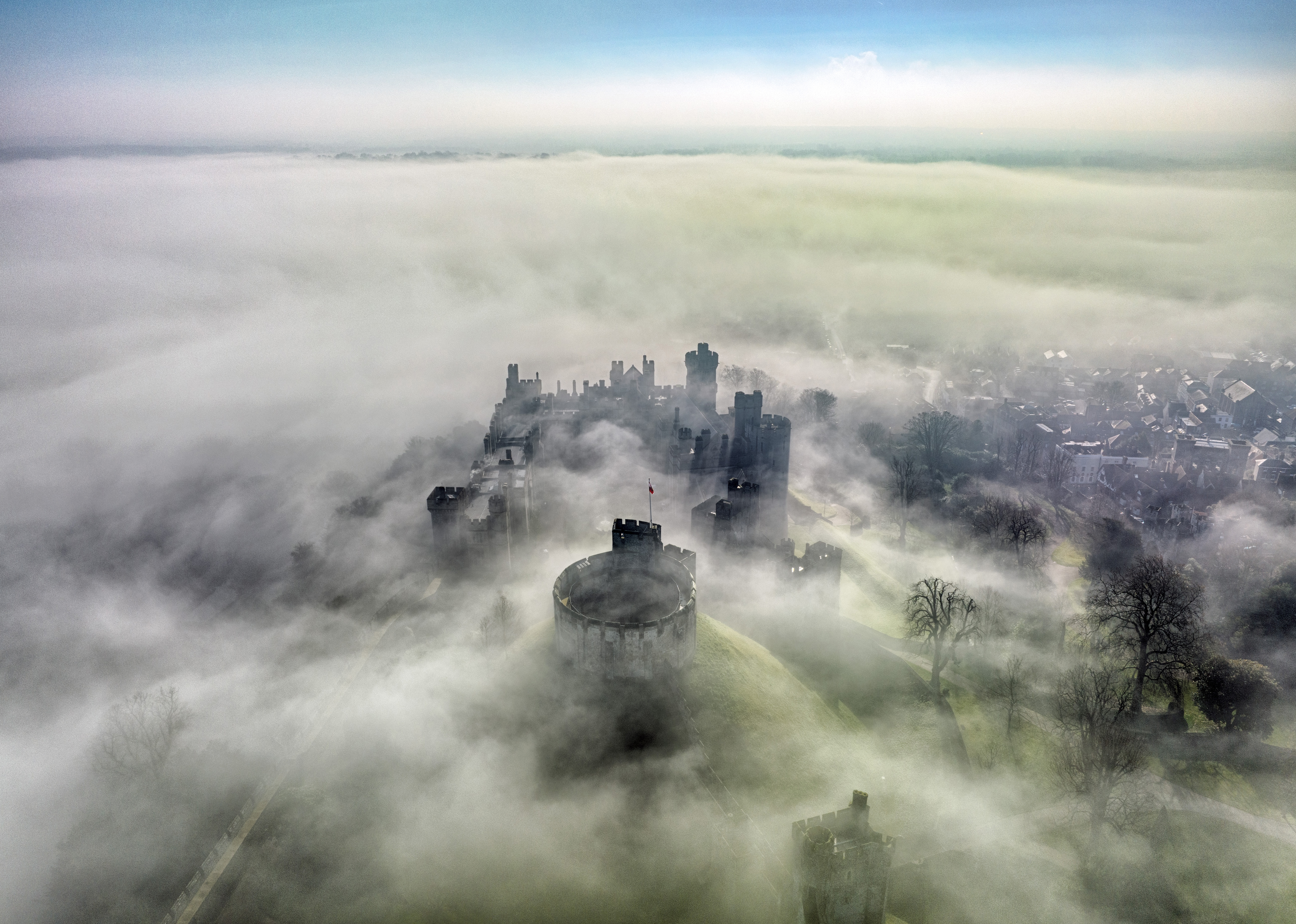 Mystery, muse and metaphor: There's more to fog than meets the eye
Mystery, muse and metaphor: There's more to fog than meets the eyeSmothering, transformative and beautiful, fog’s close-set shroud has inspired titans of literature, cinema and art — and forces the rest of us to look at the world a little closer.
